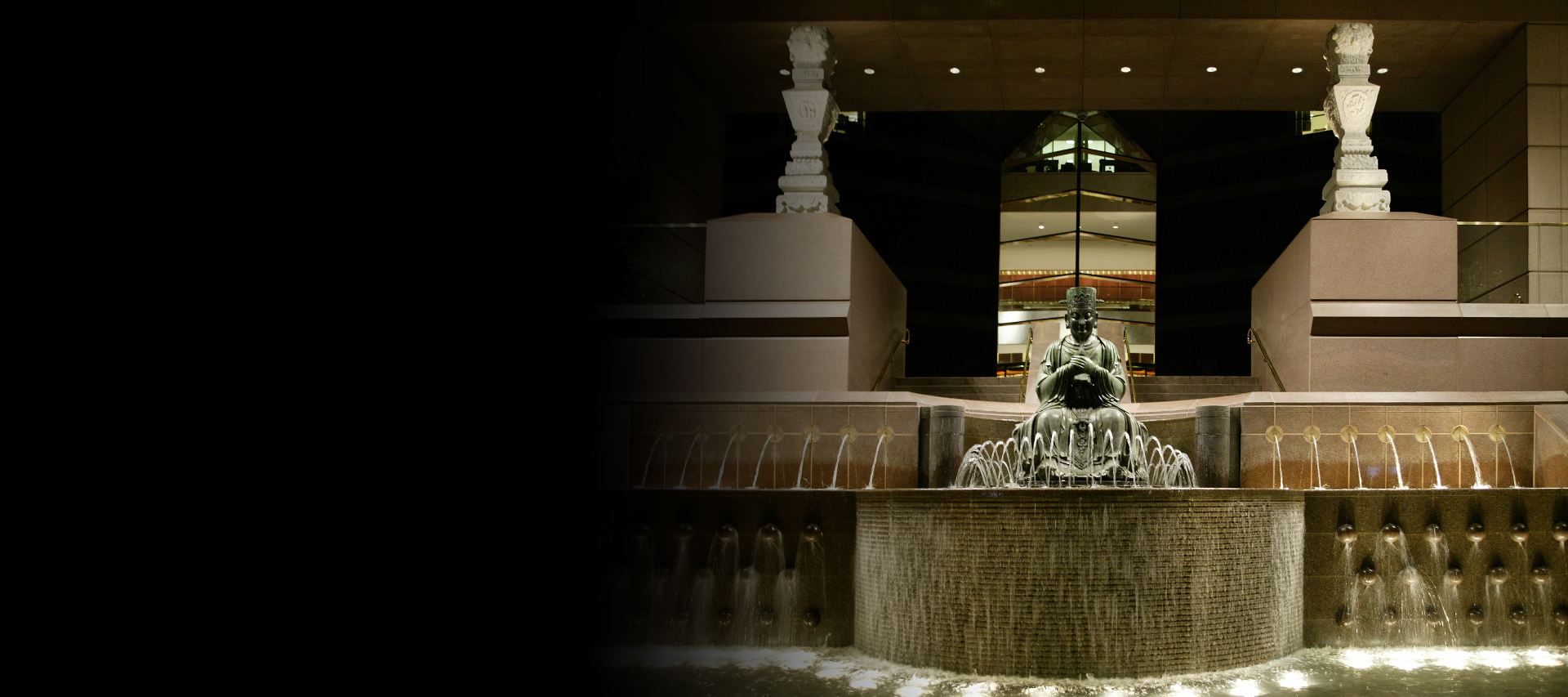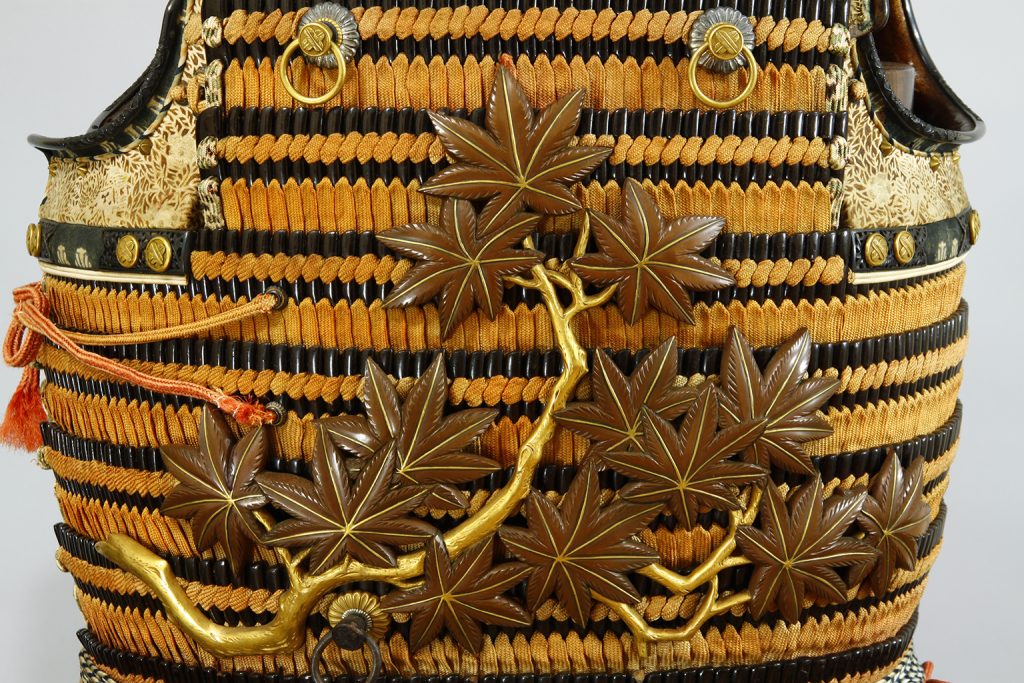
Title: Tosei Gusoku Type Armor Garniture of Abe Masayoshi (1700–1769) Lord of Fukuyama Fiefdom
Culture/Country: Japan
Period: Edo period (1615–1868), before 1750
Medium: Iron, lacquer, braided silk, brocade, leather, wood, horsehair, and metals including gold, gold leaf, bronze, and silver
Collection Title: Crow Collection of Asian Art
2014.166.1
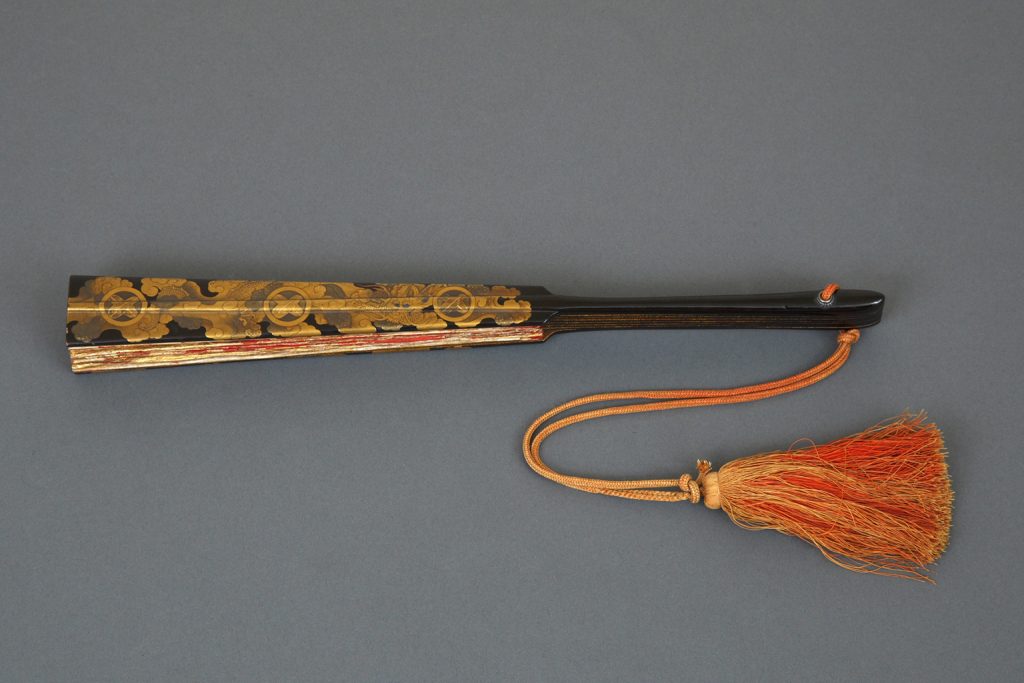
Culture/Country: Japan
Period: Edo period (1615–1868), late 18th century
Medium: Lacquered wood, mother-of-pearl, ray skin, silk cord, metals including steel, shakudō, shibuichi, and other metal alloys
Collection Title: Crow Collection of Asian Art
2014.166.1
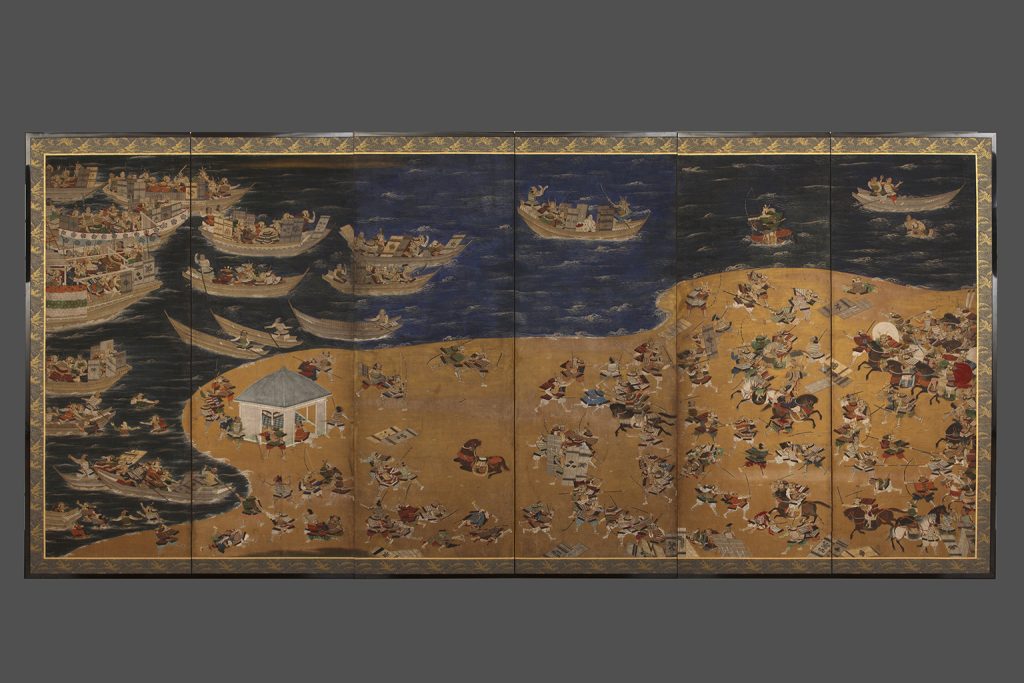
Artist: artist unknown
Culture/Country: Japan
Period: Edo period (1615–1868), 18th century
Medium: Pair of six-panel folding screens; ink, color, and gold paint on paper
Collection Title: Crow Collection of Asian Art
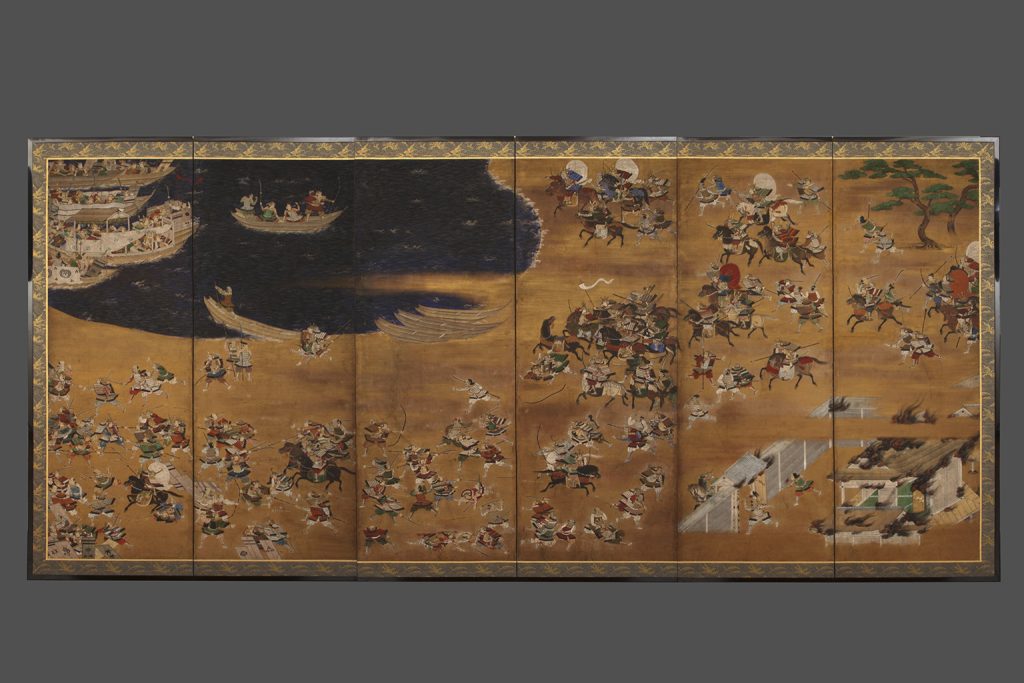
Artist: artist unknown
Culture/Country: Japan
Period: Edo period (1615–1868), 18th century
Medium: Pair of six-panel folding screens; ink, color, and gold paint on paper
Collection Title: Crow Collection of Asian Art
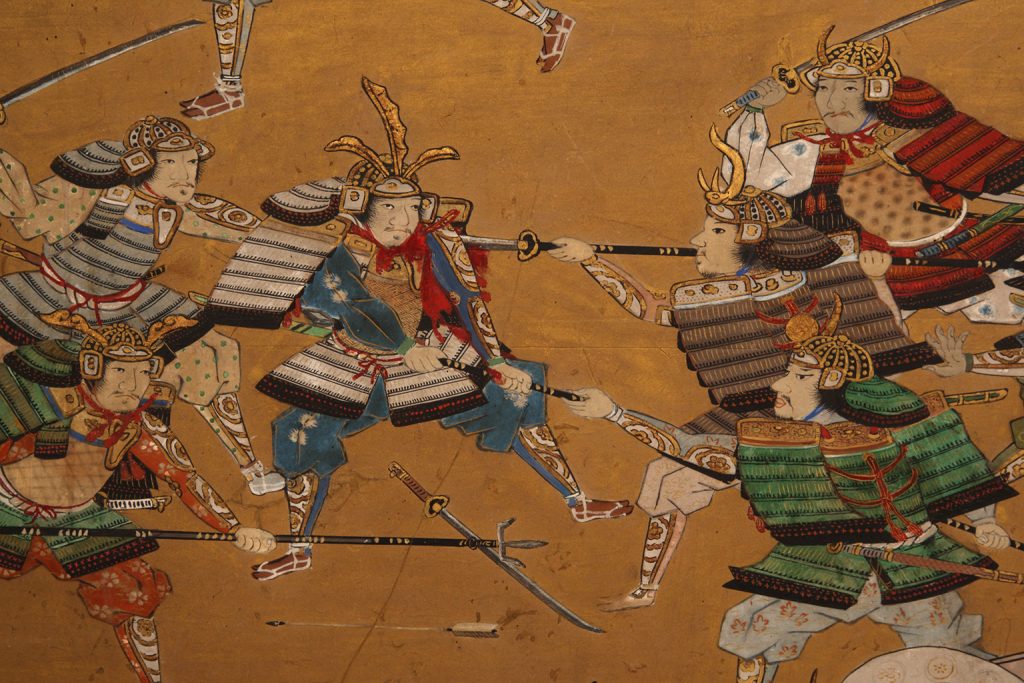
Title: The Battle of Yashima
Artist: artist unknown
Culture/Country: Japan
Period: Edo period (1615–1868), 18th century
Medium: Pair of six-panel folding screens; ink, color, and gold paint on paper
Collection Title: Crow Collection of Asian Art

Garniture of Abe Masayoshi (1700–1769) Lord of Fukuyama Fiefdom
Edo period (1615–1868), before 1750
Iron, lacquer, braided silk, brocade, leather, wood, horsehair, and metals including gold, gold leaf, bronze, and silk
2014.166.1
This exquisitely crafted and perfectly preserved suit of armor would have been worn by Abe Masayoshi during his time at the capital, where formal ceremonial attire was often required. The exceptional quality and attention to detail applied to every aspect of the armor’s creation made this suit stand out as a garment of sophisticated refinement, and distinguished its wearer as a man of fine taste, setting him apart from other provincial daimyo. Like other daimyo families during the Edo period (1603–1868), the Abe clan had two residences; all daimyo were required to participate in sankin kōtai, or the “alternate attendance” system, residing in their home domains and at the shogun’s court in Edo (present-day Tokyo) in alternating years. The Abe family’s administrative center was therefore located at Fukuyama Castle in Bingo Province (Hiroshima district today), and Abe traveled between the home domain and Edo. All the while, the wives and heirs remained in Edo, essentially as hostages.
In this changing political environment, the suit of armor became a powerful and important symbol, embodying samurai existence of centuries past while continuing to emphasize their significance.
Following centuries of political turmoil and years of warfare, the Edo period was a time of peace. Daimyo such as Abe Masayoshi were vassals of the Tokugawa shogunate. Representing the higher echelons of society, the shogunate and daimyo espoused the dual samurai virtues of bu (military arts) and bun (literary arts). During the Pax Tokugawa years, however, with essentially no wars to be fought, the culture of bun became more prominent as samurai functioned as bureaucrats, engaging in scholarly and cultural pursuits to maintain their status as the cultural elite. In this changing political environment, the suit of armor became a powerful and important symbol, embodying samurai existence of centuries past while continuing to emphasize their significance.
The exhibition also includes a 17th-century pair of Kasen-zu byōbu, or battle screens, which depict the important historical battle of Yashima from the Genpei War (1180–1185), which was fought between the Minamoto and Taira families. Specific battles from this epic war, which led to the transition from the Heian period (794–1185) to the Kamakura regime, became popular as subjects for screens and paintings centuries later. These screens graphically depict the horrors of war during medieval Japan, with over 450 warriors in action, either on horses, in boats, running, or in the water, wielding their long swords and shooting arrows. In the lower right of the first screen is a palace ablaze, the one built for the child emperor Antoku, who eventually met a tragic death, being thrust into the ocean with his attendant rather than live through the dishonor of captivity.
The items in this exhibition are part of the Crow Collection of Asian Art permanent collection.
